Against a Blue Sky
Images of perched and flying birds from this year
Sometimes I have photographic images that don’t make a story by themselves so I save them to send out at a future date. Today’s email is a collection of a few photos I’ve taken over the past half year that are of birds against a blue sky. That’s today’s theme!!
The first bird is a female American Kestrel. We do have American Kestrels in Tucson year-round but they are scarce during the summer breeding season. During the non-breeding season, we have many American Kestrels in southern Arizona. I saw this Kestrel early in September and she is the first of many I expect to see this winter. I like observing how birds like her will hold on to a vertical perch.
Periodically she would take flight, scanning a farm field for prey. Kestrels are known to “kite” in the air, hovering in one place as they try to discern prey below them. American Kestrels are the smallest falcons in the United States.
Seeing nothing, she flew on. She is rusty overall, a color that distinguishes her from male American Kestrels. Male Kestrels will have wings that are described as “slate-blue”.
Months ago I came across this Loggerhead Shrike. These shrikes are another species that are in our area year-round but they are uncommon in summer. They are more common here during the winter when many Loggerhead Shrikes migrate south. Their plumage and the black mask always makes me think of a bandit look. Male and female Loggerhead Shrikes have the same plumage.
On a mid-summer trip to an area near Casa Grande, I saw an Osprey on a telephone pole. Ospreys are fish eaters and are uncommon in Arizona. Uncommon in birding terms means a bird is found in low numbers and usually with some effort to see in appropriate habitats and seasons. So what was this bird doing in a farming community in that flat desert area?
Farm fields in Central Arizona have historically used water supplied by the CAP (Central Arizona Project). Water flowing in from the Colorado River usually has some fish in it, fish that were caught in the flow of water when it is diverted from the Colorado. So a farm field in Central Arizona may have fish swimming in its irrigation ditches. Ospreys can and do, occasionally, make a living in those areas.
Back in Tucson in September, a flock of White-faced Ibis flew over southwest Tucson one morning. These unusual looking birds migrate through our area in the spring and in the fall. They are always on their way to a wetland or flooded field where they can forage for food.
Tucson’s arid desert climate features low humidity and high elevation. With over 300 sunny days per year, the dry air scatters less light, resulting in a deeper, more vibrant blue sky. The immense scale of a big blue sky is inspirational, and sometimes that sky just provides a nice background when looking at birds.



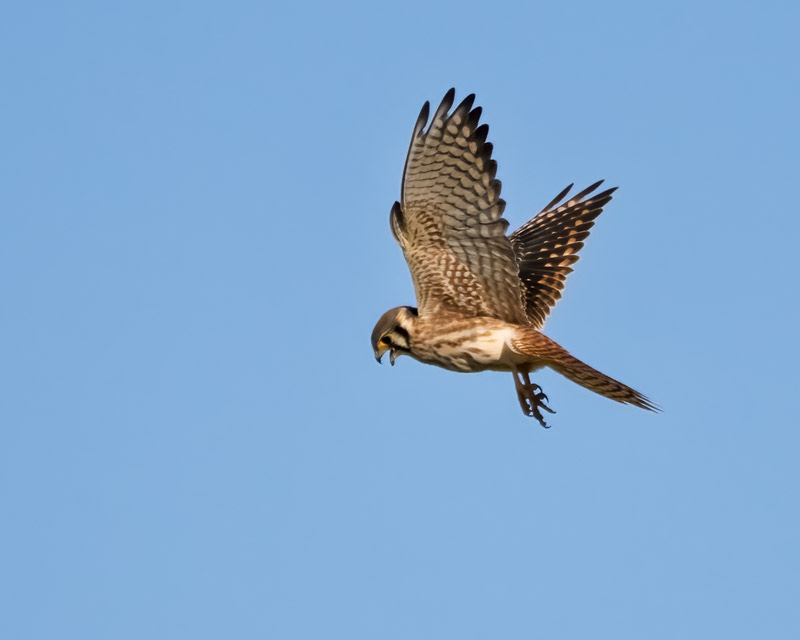
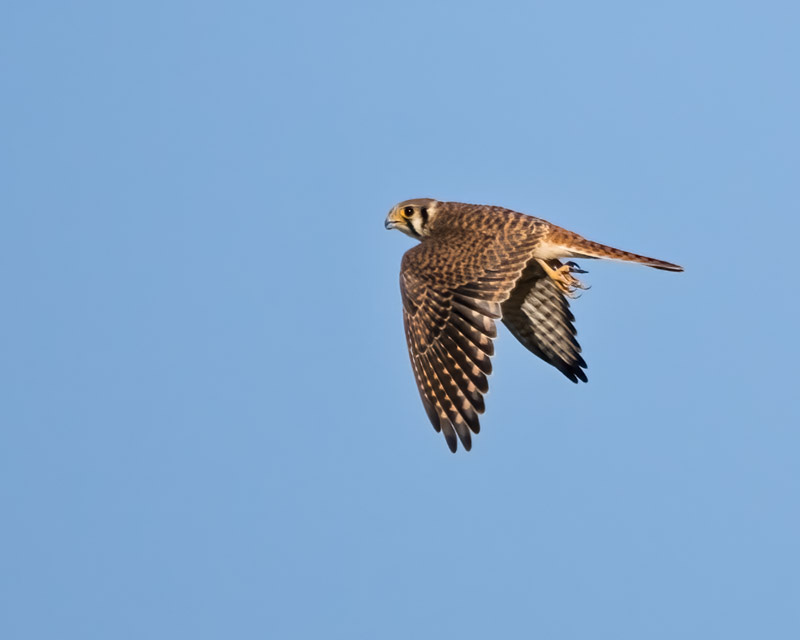
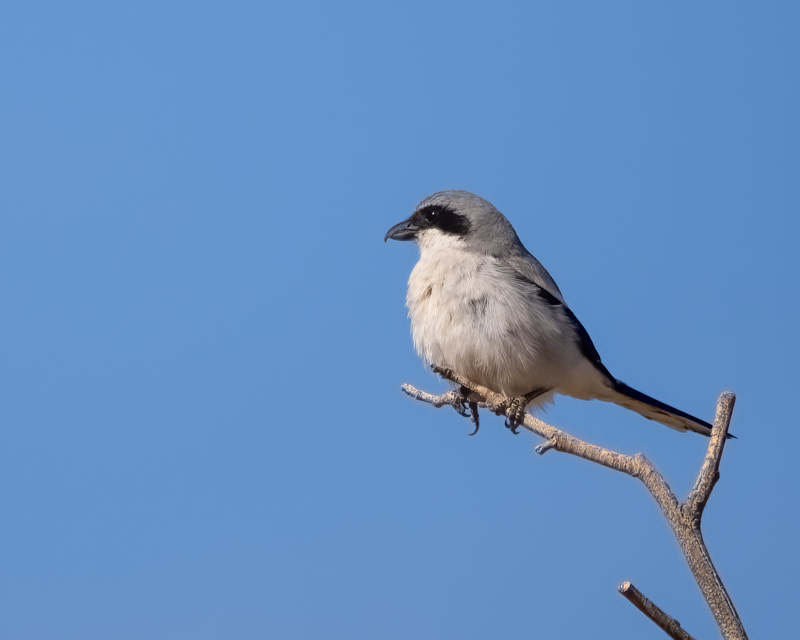
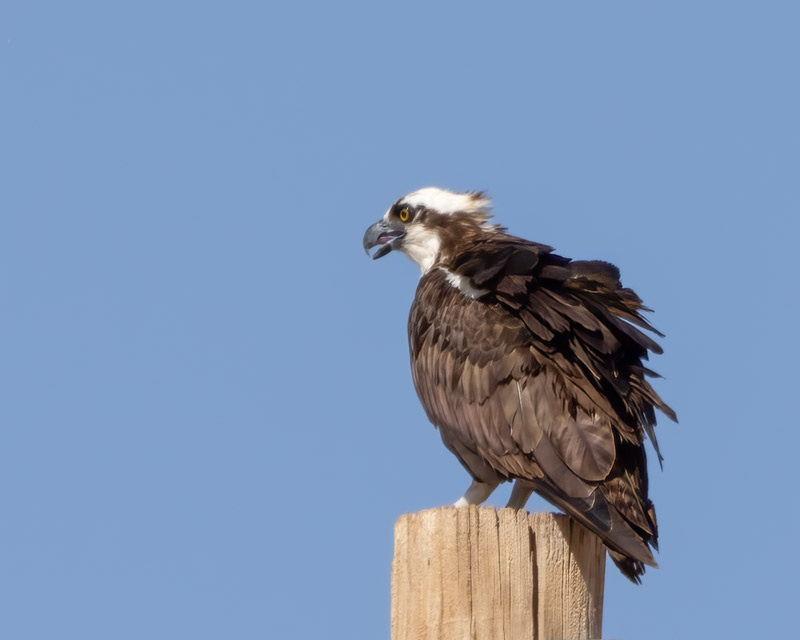

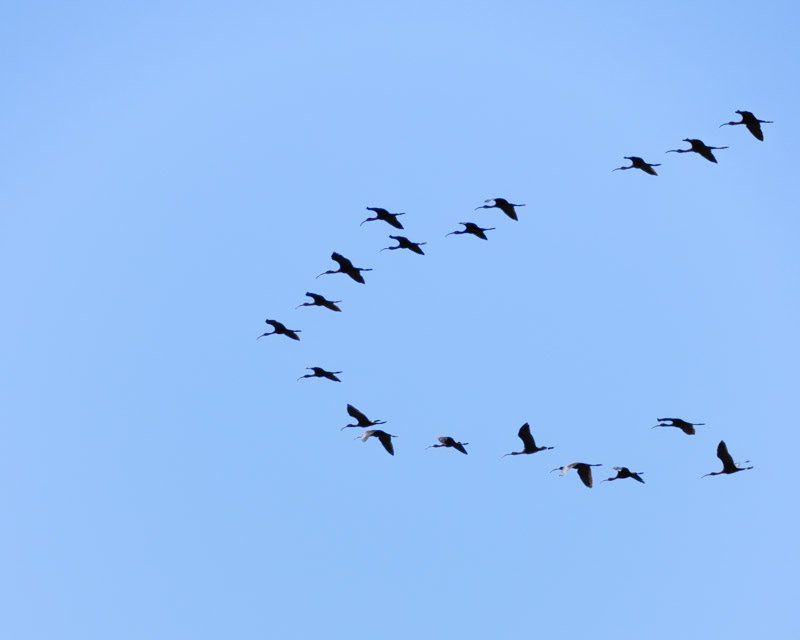
Great shots in flight.
Thanks for the explanation of the incredibly blue skies in Tucson. Same applies to Denver!